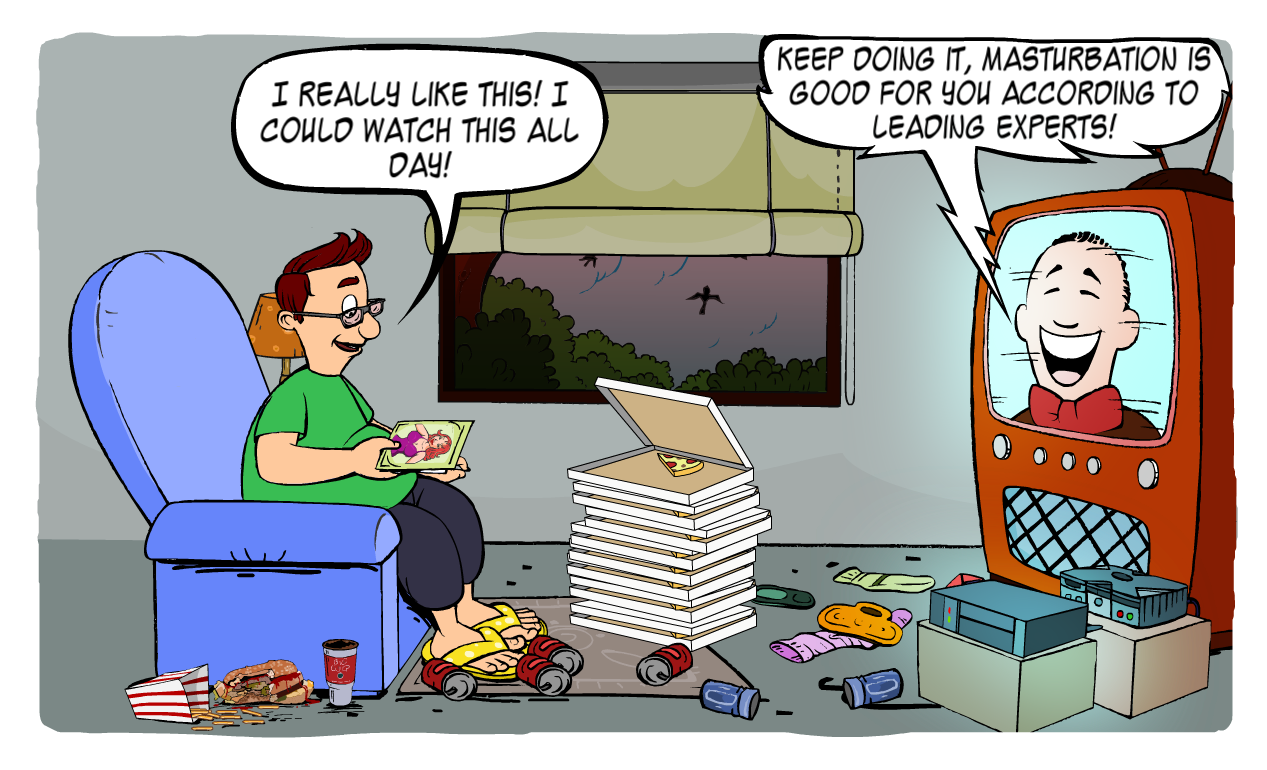Analyzing The Adaptations Of Max Payne To Film

Table of Contents
The 2008 Max Payne Film: A Critical Analysis
The 2008 Max Payne movie, starring Mark Wahlberg, represented the first major attempt to bring the beloved video game franchise to the big screen. While it boasted a star-studded cast and a significant budget, its reception was mixed, highlighting the inherent challenges of adapting a video game's unique features to a film format.
Casting and Character Portrayal
The casting of Mark Wahlberg as Max Payne was a key decision, and its success is debatable. While Wahlberg brought a certain intensity and gravelly voice to the role, some critics argued he lacked the brooding melancholy and tormented inner life that defines the game's protagonist.
- Comparison to the Game: Wahlberg's Max is arguably more action-oriented and less introspective than his game counterpart.
- Supporting Characters: The supporting characters, while recognizable, often felt underdeveloped compared to their game versions, sacrificing depth for expediency.
- Impact on Reception: The casting choices, while not universally panned, contributed to a sense that the film wasn't entirely faithful to the source material, impacting the overall reception among hardcore fans.
Plot Adaptation and Narrative Structure
The film's plot adapted the core elements of the first Max Payne game but made significant alterations to streamline the narrative for a cinematic audience.
- Included/Omitted Plot Points: Key plot points like Max's investigation into his family's murder and his encounters with various antagonists were included, albeit often simplified or altered. Certain subplots were omitted entirely.
- Pacing and Structure: The film's pacing felt rushed in places, sacrificing nuance for action sequences. The narrative structure, while functional, lacked the psychological depth of the game's story.
- Significant Changes: The alteration of certain characters' motivations and the streamlining of the plot, while making the film more accessible, alienated some fans who valued the game's complexity.
Visual Style and Action Sequences
The film attempted to capture the game's distinctive visual style, particularly its use of bullet time.
- Bullet Time and Slow-Motion: The film utilized bullet time extensively, though its execution sometimes felt overused or less impactful than in the game.
- Visual Fidelity: While the film had a gritty, dark aesthetic, it didn't fully replicate the game's distinctive visual style, which relied heavily on a specific color palette and graphic novel-inspired cutscenes.
- Effectiveness of Action Sequences: The action sequences were generally well-executed, although some critics argued that they prioritized spectacle over emotional impact.
Challenges in Adapting Max Payne to Film
Translating the unique elements of Max Payne presented numerous challenges for the filmmakers.
Translating the Game's Mechanics
The game's mechanics, particularly the bullet time and the dark, atmospheric setting, were difficult to translate into a film format.
- Replicating Bullet Time: The film's use of bullet time, while visually impressive, didn’t quite capture the strategic and tactical element present in the game.
- Translating the Dark Atmosphere: The film's dark and gritty atmosphere was successfully captured to some extent, yet it lacked the game’s introspective and psychological depth.
- Alternative Approaches: Alternative approaches, focusing more on character development and narrative suspense rather than solely relying on action sequences, might have been more effective.
Balancing Fidelity to the Source Material with Cinematic Storytelling
Finding a balance between pleasing fans of the game and creating a compelling cinematic experience was a significant hurdle.
- Compromises Made: Numerous compromises were made in simplifying the game's complex plot and character motivations to fit a two-hour film runtime.
- Attracting a Wider Audience: The film aimed to attract both video game fans and a wider audience unfamiliar with the source material. This dual objective presented challenges.
- Success in Achieving Balance: The film ultimately fell short of perfectly balancing these two competing goals, leading to mixed reviews.
The Impact of Genre Conventions on the Adaptation
Genre expectations heavily influenced the adaptation's direction, impacting its faithfulness to the source material.
- Influence of Action Film Tropes: The film leaned heavily on typical action movie tropes, sometimes at the expense of the game's darker, more psychological elements.
- Defying Easy Genre Categorization: The game itself defies easy categorization, blending action, thriller, and noir elements. Translating this multifaceted genre into a more conventional film structure proved challenging.
- Navigating Genre Expectations: The film ultimately prioritized the action genre conventions, which might have alienated fans expecting a more faithful adaptation of the game's unique atmosphere and tone.
The Legacy of the Max Payne Film Adaptation
The 2008 Max Payne film adaptation remains a significant case study in video game adaptations.
Critical Reception and Box Office Performance
The film received mixed reviews and underperformed at the box office.
- Reviews and Ratings: Critics generally praised the action sequences but criticized the film's plot, character development, and faithfulness to the source material.
- Box Office Performance: The film's box office performance was below expectations, potentially hindering further Max Payne film adaptations.
- Impact on Future Adaptations: The film's lukewarm reception cast doubt on the viability of future Max Payne film projects.
Its Impact on the Video Game to Film Adaptation Genre
Despite its shortcomings, the Max Payne film offers valuable lessons for future video game adaptations.
- Lessons Learned: The film highlighted the challenges of translating unique game mechanics and complex narratives into a cinematic format.
- Informing Subsequent Adaptations: The experience of the Max Payne film adaptation informs the ongoing discussion and practice of video game adaptations.
- Learning from Mistakes: Future Max Payne adaptations could learn from the film's mistakes by focusing more on character development, narrative depth, and finding innovative ways to translate the game's unique elements to the screen.
Conclusion:
The 2008 Max Payne film adaptation presented a unique set of challenges in translating the game's distinctive style and narrative to the big screen. While it faced criticism for its deviation from the source material and certain creative choices, it remains a case study in the complexities of video game adaptations. Understanding the successes and failures of this film offers valuable insights into the process of bringing beloved video games to life on film. For a deeper dive into the challenges and triumphs of bringing iconic games to the screen, further research into Max Payne film adaptation strategies is recommended. Analyzing the successes and failures of this and other adaptations continues to inform the ongoing conversation surrounding the Max Payne film adaptation landscape and future possibilities.

Featured Posts
-
 Port Of Spain Commuters State Of Emergencys Impact On Travel
May 27, 2025
Port Of Spain Commuters State Of Emergencys Impact On Travel
May 27, 2025 -
 Kai Cenats Streamer University Update Disappointing News For Aspiring Streamers
May 27, 2025
Kai Cenats Streamer University Update Disappointing News For Aspiring Streamers
May 27, 2025 -
 Luxury Watches How Much Is Too Much A Buyers Perspective
May 27, 2025
Luxury Watches How Much Is Too Much A Buyers Perspective
May 27, 2025 -
 The Silence Speaks Volumes Kai Cenat And The Racist Joke Controversy
May 27, 2025
The Silence Speaks Volumes Kai Cenat And The Racist Joke Controversy
May 27, 2025 -
 Rosiysko Ukrayinski Peregovori Pozitsiya Putina Schodo Kompromisiv Za Danimi Isw
May 27, 2025
Rosiysko Ukrayinski Peregovori Pozitsiya Putina Schodo Kompromisiv Za Danimi Isw
May 27, 2025
Latest Posts
-
 Assemblee Nationale Le Rassemblement National Face Au Defi Lfi
May 30, 2025
Assemblee Nationale Le Rassemblement National Face Au Defi Lfi
May 30, 2025 -
 Medine En Concert En Grand Est La Region Accorde Une Subvention Polemique Au Rn
May 30, 2025
Medine En Concert En Grand Est La Region Accorde Une Subvention Polemique Au Rn
May 30, 2025 -
 L Assemblee Nationale Tensions Entre Le Rn Et Lfi
May 30, 2025
L Assemblee Nationale Tensions Entre Le Rn Et Lfi
May 30, 2025 -
 Subventions Regionales Pour Le Concert De Medine En Grand Est Le Rassemblement National Proteste
May 30, 2025
Subventions Regionales Pour Le Concert De Medine En Grand Est Le Rassemblement National Proteste
May 30, 2025 -
 Frontieres Et Desordres L Impact Du Rn A L Assemblee Nationale
May 30, 2025
Frontieres Et Desordres L Impact Du Rn A L Assemblee Nationale
May 30, 2025
